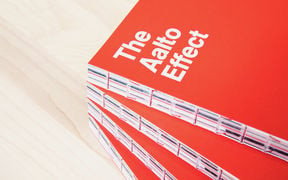Five steps to make your space mission sustainable

1. Think about the goal. Do you actually need a space mission to get what you need? Could you solve the scientific problem without going to space?
2. Use as small and light a spacecraft as possible. Additional mass in orbit carries more risk for other satellites. A smaller mass is also cheaper to launch.
3. Go as low as you can go. In low orbits, the atmospheric drag helps to remove spacecraft from space. Remember that small spacecraft can only be launched to orbits where they come down to our atmosphere in less than 25 years.
4. Build your spacecraft carefully and take time to test the software. Many small spacecraft in space don’t function properly because of poor workmanship―and just contribute to space debris.
5. Design with the end-of-life in mind. The satellite needs a brake that lowers the speed of the satellite and isolates batteries at the end of the mission. Remove your equipment from space as soon as your mission allows.
From clean energy to personalized medicine – a book about the power of the university
The Aalto Effect is a tribute to the ambitious and uncompromising work of dozens of researchers.

- Published:
- Updated:
Read more news

Call for applications: Aalto Creatives pre-incubator programme starts in March 2025
The application period for the Aalto Creatives pre-incubator programme is open until 10.2.2025
Aalto in 2024: Love pictured in the brain, wooden crystals that make fashion shine, recovering minerals from wastewater and more
This year has been another feast of science and art at Aalto University
Pengxin Wang: The internship was an adventure filled with incredible research, unforgettable experiences, and lifelong friendships.
Pengxin Wang’s AScI internship advanced AI research, fostered global friendships, and inspired his journey toward trustworthy AI solutions.